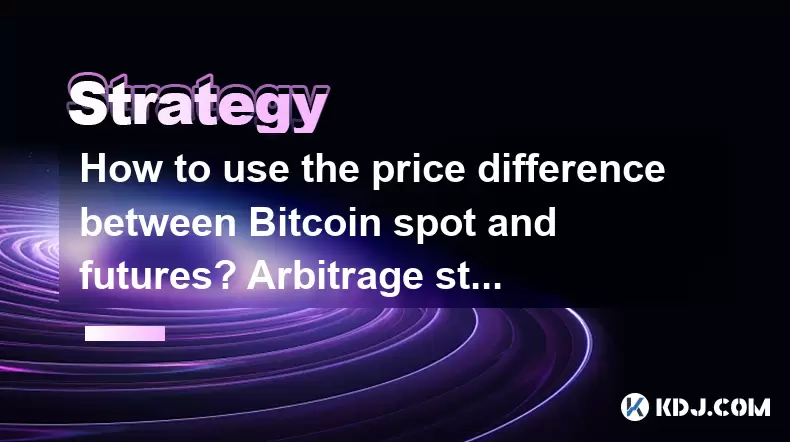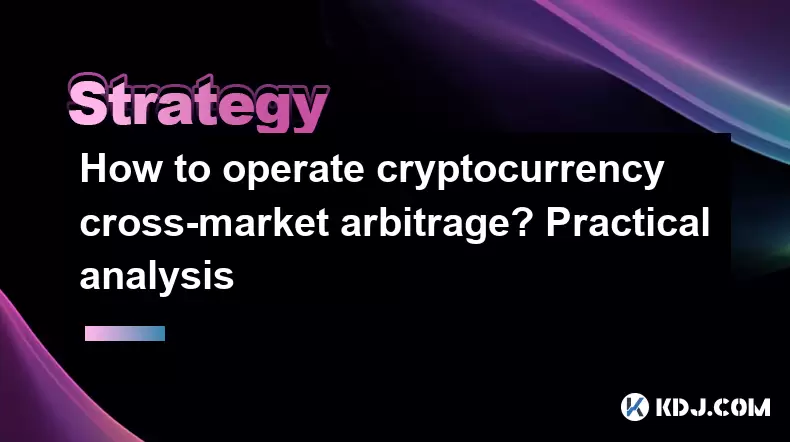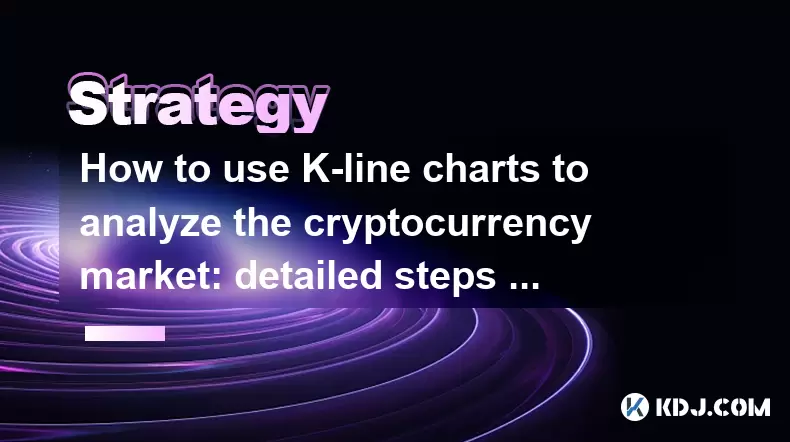-
 Bitcoin
Bitcoin $99,594.2189
-3.59% -
 Ethereum
Ethereum $2,188.5793
-9.00% -
 Tether USDt
Tether USDt $1.0001
-0.02% -
 XRP
XRP $1.9745
-5.82% -
 BNB
BNB $608.9511
-3.73% -
 Solana
Solana $130.4575
-5.93% -
 USDC
USDC $1.0000
0.01% -
 TRON
TRON $0.2637
-3.59% -
 Dogecoin
Dogecoin $0.1493
-5.97% -
 Cardano
Cardano $0.5322
-6.72% -
 Hyperliquid
Hyperliquid $33.9044
3.33% -
 Bitcoin Cash
Bitcoin Cash $449.6411
-5.46% -
 UNUS SED LEO
UNUS SED LEO $8.9629
0.43% -
 Sui
Sui $2.3943
-8.35% -
 Chainlink
Chainlink $11.4402
-7.83% -
 Stellar
Stellar $0.2241
-6.49% -
 Avalanche
Avalanche $16.1489
-4.24% -
 Toncoin
Toncoin $2.7182
-5.94% -
 Shiba Inu
Shiba Inu $0.0...01040
-5.72% -
 Litecoin
Litecoin $78.7882
-4.07% -
 Ethena USDe
Ethena USDe $1.0004
-0.01% -
 Hedera
Hedera $0.1305
-7.45% -
 Monero
Monero $297.0030
-5.32% -
 Dai
Dai $0.9997
-0.02% -
 Polkadot
Polkadot $3.1834
-6.03% -
 Bitget Token
Bitget Token $3.9788
-7.03% -
 Uniswap
Uniswap $6.1327
-10.62% -
 Pepe
Pepe $0.0...08689
-8.30% -
 Pi
Pi $0.4826
-9.65% -
 Aave
Aave $219.8043
-9.69%
What are the methods of cryptocurrency quantitative trading? Detailed analysis
Cryptocurrency quantitative trading uses data-driven algorithms to exploit market inefficiencies, leveraging strategies like statistical arbitrage, trend following, and AI-based systems for automated decision-making.
Jun 22, 2025 at 11:07 pm

Understanding the Core of Cryptocurrency Quantitative Trading
Cryptocurrency quantitative trading refers to the use of mathematical models and algorithms to execute trades in the digital asset market. Unlike traditional discretionary trading, which relies heavily on human judgment, quantitative trading leverages data-driven strategies to identify profitable opportunities. This method is particularly effective in the cryptocurrency market due to its high volatility and 24/7 nature.
The foundation of any successful quant strategy lies in accurate historical data, real-time price feeds, and robust backtesting capabilities. Traders often use programming languages like Python or specialized platforms such as QuantConnect or AlgoTrader to implement their strategies.
Statistical Arbitrage: Exploiting Market Inefficiencies
One of the most popular methods in crypto quantitative trading is statistical arbitrage, which involves identifying pricing discrepancies between related assets. For example, if Bitcoin (BTC) is priced differently on two exchanges, a trader can buy on the cheaper exchange and sell on the more expensive one for a risk-free profit.
This strategy requires:
- Access to multiple exchange APIs
- Low-latency execution systems
- Real-time monitoring tools
Pairs trading is a common form of statistical arbitrage where two correlated cryptocurrencies are traded based on their relative performance. When the price ratio deviates from the historical mean, a trade is initiated to capitalize on the reversion to the mean.
Market Making: Providing Liquidity with Algorithms
Market making is another widely adopted quantitative strategy, especially among institutional players. The core idea is to place both buy and sell orders around the current market price to capture the bid-ask spread. This method works best in highly liquid markets but can also be applied to less liquid altcoins with careful risk management.
Key components include:
- Order book depth analysis
- Dynamic pricing adjustments
- Inventory control mechanisms
Advanced traders use high-frequency trading (HFT) techniques to optimize order placement and reduce slippage. However, this approach demands low-latency infrastructure and deep understanding of exchange fee structures.
Trend Following and Momentum Strategies
Trend following is a systematic approach that aims to capture gains by identifying and riding ongoing price trends. This method assumes that past price movements can predict future behavior to some extent, especially in volatile crypto markets.
Common indicators used in trend following include:
- Moving averages (e.g., EMA, SMA)
- Relative Strength Index (RSI)
- Bollinger Bands
Momentum strategies, a subset of trend following, focus on buying strong performers and selling weak ones over short timeframes. These strategies work well during periods of sustained price movement and require frequent rebalancing to maintain optimal exposure.
Machine Learning and AI-Based Trading Systems
With advancements in artificial intelligence, many quantitative traders are now deploying machine learning models to predict price movements and generate trading signals. These models can process vast amounts of data including on-chain metrics, social sentiment, and macroeconomic indicators.
Building an AI-based trading system involves:
- Data preprocessing and feature engineering
- Model training and validation
- Live deployment and continuous monitoring
It’s important to avoid overfitting by using out-of-sample testing and cross-validation techniques. Natural Language Processing (NLP) is increasingly being used to analyze news articles, tweets, and forum discussions to gauge market sentiment.
Risk Management in Quantitative Crypto Trading
No matter how sophisticated a strategy is, risk management remains the cornerstone of sustainable trading. Many quant traders fail not because their strategies are flawed, but due to poor risk controls.
Essential risk mitigation practices include:
- Position sizing based on portfolio volatility
- Stop-loss and take-profit parameters
- Portfolio diversification across assets and strategies
Backtesting should always incorporate drawdown scenarios and stress tests to evaluate how the strategy performs under adverse conditions. Realistic transaction costs, slippage, and latency must also be factored into simulations.
Frequently Asked Questions
Q1: Can I start quantitative trading with limited coding experience?
Yes, there are user-friendly platforms like TradingView, Hummingbot, and Zipline that offer pre-built templates and visual strategy builders. However, a basic understanding of programming concepts will significantly enhance your ability to customize and optimize strategies.
Q2: How much capital do I need to begin?
Quantitative trading can be started with relatively small amounts, especially when using paper trading or simulated environments. As you gain confidence, you can gradually increase your capital. Institutional-grade setups typically require significant investment in infrastructure and data feeds.
Q3: Are there regulatory concerns with automated crypto trading?
Regulations vary by jurisdiction. It’s crucial to understand local laws regarding automated trading, tax reporting, and exchange compliance. Some countries impose restrictions on algorithmic trading activities, so legal consultation is advisable before deploying live strategies.
Q4: What are the biggest challenges in crypto quantitative trading?
Challenges include data quality issues, exchange API limitations, network latency, and unpredictable market events. Additionally, maintaining consistent profitability amid rapidly changing market conditions requires continuous strategy refinement and adaptation.
Disclaimer:info@kdj.com
The information provided is not trading advice. kdj.com does not assume any responsibility for any investments made based on the information provided in this article. Cryptocurrencies are highly volatile and it is highly recommended that you invest with caution after thorough research!
If you believe that the content used on this website infringes your copyright, please contact us immediately (info@kdj.com) and we will delete it promptly.
- Avalanche, RUVI AI, and Audited Tokens: A New Era?
- 2025-06-23 02:45:12
- Shiba Inu, Meme Coin, ROI 2025: Is the Hype Over?
- 2025-06-23 02:25:12
- Unstaked: The Underdog AI Agent Presale Shaking Up Crypto
- 2025-06-23 02:45:12
- Jeremiah Smith, Chrome Hearts, and a Coin Flip: Ballin' on a Buckeye Budget
- 2025-06-23 02:25:12
- XRP, Cardano, and the Layer-1 Landscape: A Shift in Focus
- 2025-06-23 03:13:14
- Bitcoin, MicroStrategy, and Michael Saylor: An Unstoppable Orange?
- 2025-06-23 02:52:00
Related knowledge

How to use the price difference between Bitcoin spot and futures? Arbitrage strategy
Jun 20,2025 at 02:56pm
Understanding Bitcoin Spot and Futures MarketsTo effectively leverage arbitrage opportunities between Bitcoin spot and futures markets, it's essential to understand the fundamental differences between these two types of markets. The spot market refers to the direct buying and selling of Bitcoin for immediate delivery at the current market price. In cont...

How to operate cryptocurrency cross-market arbitrage? Practical analysis
Jun 23,2025 at 04:01am
Understanding Cryptocurrency Cross-Market ArbitrageCryptocurrency cross-market arbitrage involves taking advantage of price differences for the same digital asset across different exchanges. The core idea is to buy low on one exchange and sell high on another, capturing the profit from the discrepancy. This strategy relies heavily on real-time market da...

How to make profits from high-frequency cryptocurrency trading? Sharing core skills
Jun 19,2025 at 05:07pm
Understanding High-Frequency Cryptocurrency TradingHigh-frequency trading (HFT) in the cryptocurrency market involves executing a large number of trades at extremely fast speeds, often within milliseconds. This method relies on small price discrepancies across exchanges or within a single exchange’s order book. Traders use complex algorithms and ultra-l...

What are the methods of cryptocurrency quantitative trading? Detailed analysis
Jun 22,2025 at 11:07pm
Understanding the Core of Cryptocurrency Quantitative TradingCryptocurrency quantitative trading refers to the use of mathematical models and algorithms to execute trades in the digital asset market. Unlike traditional discretionary trading, which relies heavily on human judgment, quantitative trading leverages data-driven strategies to identify profita...

How to operate cryptocurrency arbitrage trading? Practical skills analysis
Jun 20,2025 at 05:57pm
Understanding Cryptocurrency Arbitrage TradingCryptocurrency arbitrage trading refers to the practice of taking advantage of price differences for the same digital asset across different exchanges. Due to market inefficiencies, crypto prices can vary significantly on platforms like Binance, Coinbase, and Kraken, even within short timeframes. Traders buy...

How to use K-line charts to analyze the cryptocurrency market: detailed steps and common misunderstandings
Jun 16,2025 at 01:42pm
Understanding the Basics of K-line Charts in Cryptocurrency TradingK-line charts, also known as candlestick charts, are one of the most widely used tools for analyzing price movements in financial markets, including cryptocurrencies. These charts provide a visual representation of price action over specific time intervals and help traders make informed ...

How to use the price difference between Bitcoin spot and futures? Arbitrage strategy
Jun 20,2025 at 02:56pm
Understanding Bitcoin Spot and Futures MarketsTo effectively leverage arbitrage opportunities between Bitcoin spot and futures markets, it's essential to understand the fundamental differences between these two types of markets. The spot market refers to the direct buying and selling of Bitcoin for immediate delivery at the current market price. In cont...

How to operate cryptocurrency cross-market arbitrage? Practical analysis
Jun 23,2025 at 04:01am
Understanding Cryptocurrency Cross-Market ArbitrageCryptocurrency cross-market arbitrage involves taking advantage of price differences for the same digital asset across different exchanges. The core idea is to buy low on one exchange and sell high on another, capturing the profit from the discrepancy. This strategy relies heavily on real-time market da...

How to make profits from high-frequency cryptocurrency trading? Sharing core skills
Jun 19,2025 at 05:07pm
Understanding High-Frequency Cryptocurrency TradingHigh-frequency trading (HFT) in the cryptocurrency market involves executing a large number of trades at extremely fast speeds, often within milliseconds. This method relies on small price discrepancies across exchanges or within a single exchange’s order book. Traders use complex algorithms and ultra-l...

What are the methods of cryptocurrency quantitative trading? Detailed analysis
Jun 22,2025 at 11:07pm
Understanding the Core of Cryptocurrency Quantitative TradingCryptocurrency quantitative trading refers to the use of mathematical models and algorithms to execute trades in the digital asset market. Unlike traditional discretionary trading, which relies heavily on human judgment, quantitative trading leverages data-driven strategies to identify profita...

How to operate cryptocurrency arbitrage trading? Practical skills analysis
Jun 20,2025 at 05:57pm
Understanding Cryptocurrency Arbitrage TradingCryptocurrency arbitrage trading refers to the practice of taking advantage of price differences for the same digital asset across different exchanges. Due to market inefficiencies, crypto prices can vary significantly on platforms like Binance, Coinbase, and Kraken, even within short timeframes. Traders buy...

How to use K-line charts to analyze the cryptocurrency market: detailed steps and common misunderstandings
Jun 16,2025 at 01:42pm
Understanding the Basics of K-line Charts in Cryptocurrency TradingK-line charts, also known as candlestick charts, are one of the most widely used tools for analyzing price movements in financial markets, including cryptocurrencies. These charts provide a visual representation of price action over specific time intervals and help traders make informed ...
See all articles

























































































